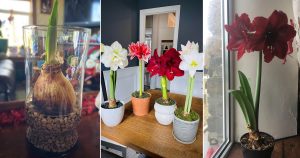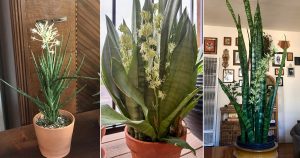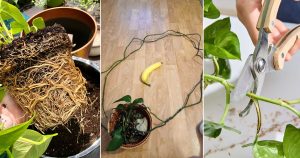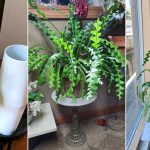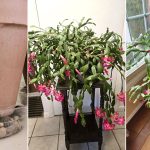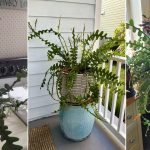Growing things from seed is incredibly rewarding and fascinating, not to mention fun. But there are a few things you need to know before you get started. And if you buy good quality seeds, you’ll find everything you need to know on the seed packet itself. But you still need to understand what the info on the packet means, and how to use it to your advantage.
I am using a seed packet from Botanical Interests, because their packets are unbelievably jam packed with information.
First, and foremost, every seed packet should list the common and Latin name of the seed inside the envelope. Surprisingly, some seed producers do not list the Latin name. Since it is not uncommon for two or three (or even more) plants to have the same common name, the Latin name can help you figure out whether the seed packet you’re holding has the seeds you want or not.
Once you’ve confirmed that the seed packet you’ve found does in fact have the seeds you want, check for a date on the packet that lets you know whether the seeds are fresh or not. Some seeds last for a long time, while others are only viable for a year or two after being harvested. It’s probably safe to assume that if a seed packet says “sell by 12/10″ that the seeds are still viable for several months after the “sell by” date. If you’ve found a packet in your stash that says “Packed for 2008, sell by 12/08″ and it’s January of 2010 you might find that the seeds in the packet won’t germinate, or only a few will germinate. If you’re dead set on sowing old seeds, sow lots more than you normally would and be prepared for mixed results.
When looking at the back of the seed packet, look for information about whether the seed should be started inside, or should be directly sown outside. And look for information about when to sow it. Plants that aren’t suitable for starting indoors usually either need cold temperatures to germinate, or don’t like the disruption of being transplanted.
Seed packets often refer to “last frost” and “first frost.” Last frost is the average date on which a particular area no longer experiences any freezing temperatures in the spring. First frost is the average date on which a particular area experiences their first freezing temperature in the fall or winter. So the growing season in your area is roughly between the last and first frost dates. This is a good resource for determining your city’s frost dates.
To determine when to sow your seeds, simply count backwards from your area’s last frost date. If you want to really geek out and determine the right day to sow your seeds based on soil temperature, you’ll either need a soil thermometer, or you can consult a soil temperature forecast. I’ve never done either, but then I live in Southern California and we have a lot more room for error here.
It’s a good idea to write down (or use an online gardening journal) the dates on which you sow seeds. You think you will be able to remember, but trust me, you won’t. You’ll need the sown on date to use the information pictured above. “Days to Emerge” refers to how long it will take before you see leaves poking up through the soil. You should keep the soil evenly moist but not soggy while waiting for the plant to emerge. If, in this seed’s case, you haven’t seen any signs of life 10 days after sowing, something has gone wrong, and it’s time to start over. The soil may have dried out, it may have been too soggy, or a critter of some sort may have eaten your seed.
The rest of the information below “Days to Emerge” tells you how to sow the seed. In this seed’s case, You should make a hole approximately 1/2 an inch deep, place the seed in the hole, and then cover with soil. Repeat this process approximately 1 inch down the row, all the way to the end of the row.
The packet then instructs you to thin the plants when they are 1 inch tall. This means that you should pull out extra plants so that the remaining plants are 4 to 5 inches apart. Try to pull out the seedlings that don’t look healthy and leave the ones that look the strongest. But you will have to pull out healthy looking seedlings. It’s just the way it is.
Now you just have to keep on watering and fertilizing (if needed, as directed) until the plant is ready to harvest (if it is an edible plant). The seed packet should give you a hint of when you’ll be able to harvest. In this case, it is between 27 and 40 days after the seedling emerges. At least, I am assuming that’s what this day range means. Usually when a packet says something like “90 days” thats the amount of time after the seedling was ready to be transplanted outdoors. But in the case of this spinach, it is supposed to be directly sown, so I am guessing that rule doesn’t apply.
Voila!
Have questions about starting plants from seed? Ask in the comments section and I’ll do my best to answer (or help you find the info you’re looking for).

